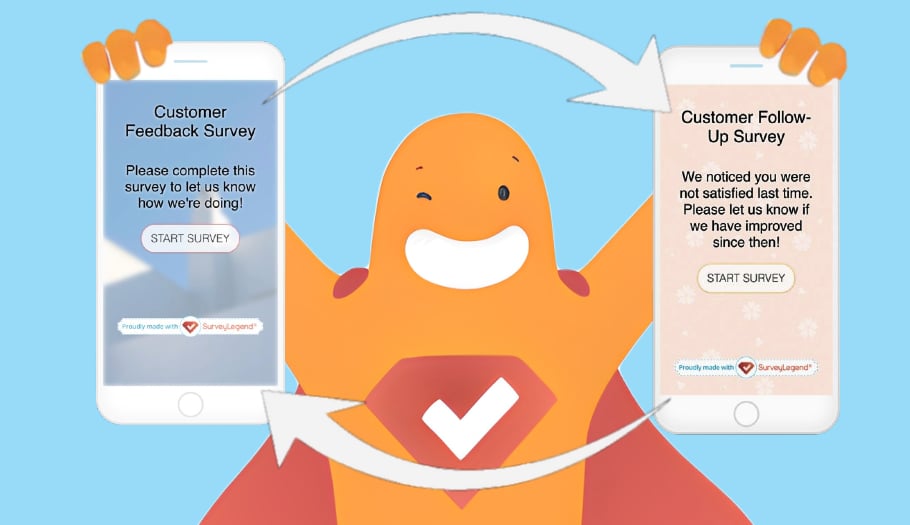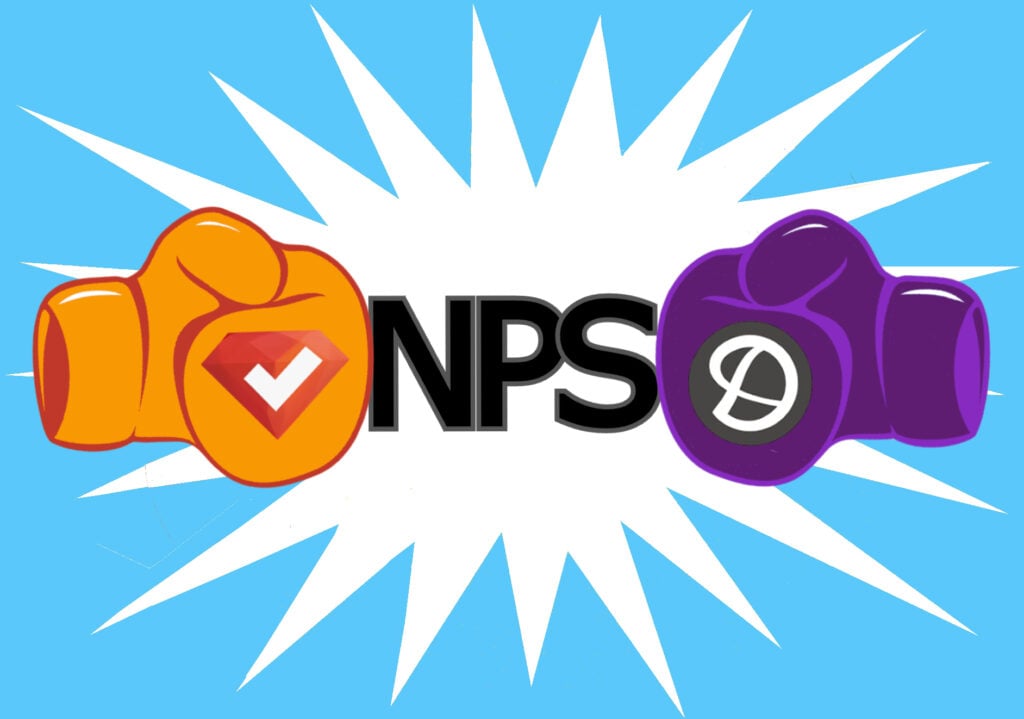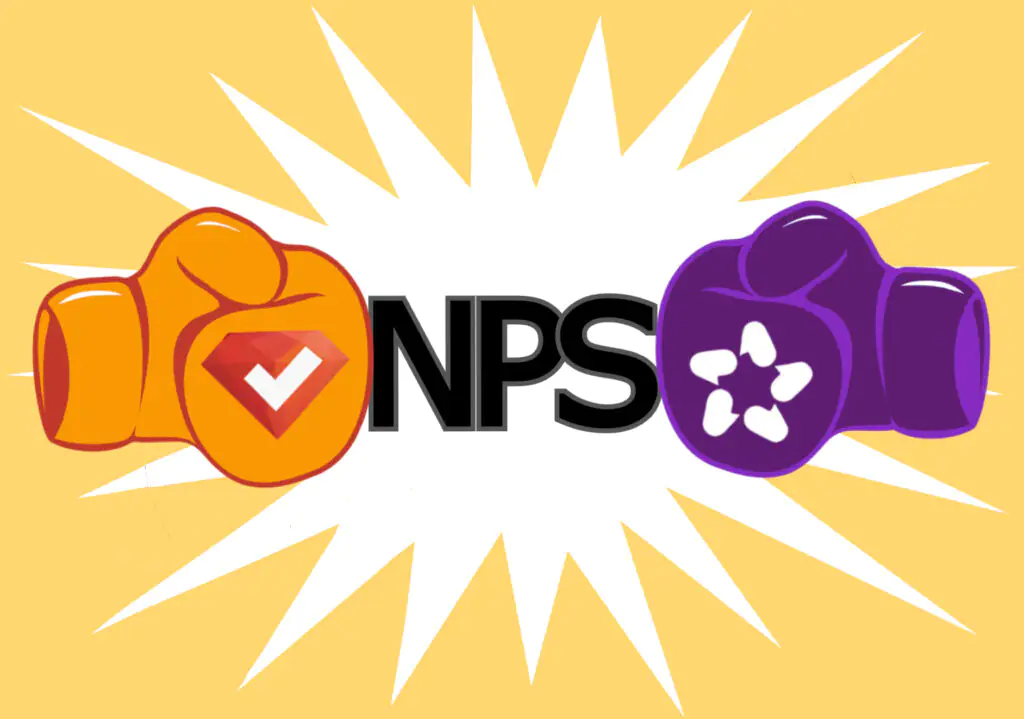When we talk about “closing the loop,” we’re not referring to that childhood method of tying shoelaces! In business, closing the loop refers to completing a cycle or ensuring that a process is fully executed or finalized. In the survey world, closing the loop is all about surveying people about their experiences, and then following up with them to “close the loop.” Learn more about how this process works.
Create Your FREE Closed-Loop Survey Now!
What is a Closed-Loop Survey?
A closed-loop survey is a form of closed loop marketing. It is a method of gathering customer or stakeholder feedback used by businesses or organizations, which then take action based on that feedback and re-survey again. So, if you surveyed a customer and they had a complaint, you would work to resolve the issue and then follow-up with them to be sure they were satisfied. Now, you have closed the loop!
But that’s a simple example, and often surveying continues past that first closure.
Five Steps To Conducting Closed-Loop Surveys
Developing closed loop system feedback using surveys typically involves the following five steps:
1. Sending Surveys
The organization sends out surveys to customers or stakeholders to gather their feedback on products, services, experiences, or any other relevant aspect. Surveys may be sent online, via text, mailed out, conducted via phone, and so on. Read about 18 types of surveys and their pros and cons.
2. Analyzing Feedback
After receiving responses, the organization analyzes the feedback to understand areas of strength, weakness, opportunities, and threats. Ideally, a survey platform that provides robust analytics is used to make this step easy.
3. Taking Action
Instead of just collecting feedback passively, in a closed-loop system the organization takes actions based on the feedback received. This could involve making improvements to products or services, addressing customer concerns, or implementing changes to enhance the overall customer experience.
4. Following Up
Once actions have been taken, the organization communicates with customers or stakeholders to inform them of the changes made based on their feedback. This step closes the loop by demonstrating to respondents that their input was valued and acted upon.
5. Continuous Monitoring
The process doesn’t end with just one cycle. Organizations continuously gather feedback, take action, and follow up to ensure that they are consistently meeting the needs and expectations of their customers or stakeholders.
Closed-loop surveys are valuable because they foster a culture of continuous improvement and customer-centricity within an organization. By actively engaging with feedback and taking tangible steps to address it, businesses can enhance customer satisfaction, loyalty, and ultimately, their bottom line.
Create Your FREE Closed-Loop Survey Now!
Why Is Closing the Loop with Surveys Important?
If a company hopes to learn from customers and continue to solicit their business, it’s important to always close the loop. When customers or other stakeholders don’t receive any sort of follow-up, they may feel that the company doesn’t care or isn’t invested in improving. Here are some benefits of closing the loop with surveys.
Acknowledging Feedback
Closing a survey loop by following up with survey respondents demonstrates that you value their input and are committed to addressing their concerns or suggestions. This encourages future participation and builds trust.
Making Improvements
Closing the loop allows you to take action based on the feedback received. Whether it’s addressing issues raised, implementing suggested improvements, or acknowledging positive feedback, it enables continuous improvement in products, services, or processes.
Improving Customer Satisfaction
By addressing customer feedback in a timely manner, organizations can demonstrate their commitment to customer satisfaction. Resolving issues promptly can also help retain customers and improve their overall experience with the organization. After all, studies suggest that acquiring a new customer can cost five to seven times more than retaining an old one, so it pays off to keep customers happy.
Building Customer Loyalty
When customers or stakeholders see that their feedback has been heard and acted upon, it enhances their satisfaction with your organization. This, in turn, can lead to increased loyalty and positive word-of-mouth recommendations (while reducing negative word-of-mouth or poor social media reviews).
Improving Engagement and Participation
Actively engaging with survey respondents gives them a sense of involvement and investment in the organization’s goals or initiatives. It encourages continued participation in future surveys or feedback opportunities.
Building Trust
Closing the loop demonstrates transparency in how feedback is handled and decisions are made. It shows that the organization is accountable and responsive to its stakeholders, which builds trust and credibility.
Improving Data Quality
Some survey responses can be vague or confusing. Following up with respondents can help clarify ambiguous responses or gather additional context. This improves the quality and accuracy of the data collected.
Developing Strategic Insights
By analyzing survey responses and closing the loop, organizations can gain valuable insights into customer preferences, needs, and pain points. These insights can inform strategic decision-making, research and development, marketing, and more.
Conclusion
Closed-loop surveys are a must for any company or organization that is serious about success and customer or stakeholder satisfaction. By closing the loop, a cycle of continuous improvement begins, and you can use the feedback gathered from surveys to identify areas for improvement and make necessary changes to products, services, or processes. This iterative approach helps you stay responsive to changing customer needs and preferences over time.
Ready to create your closed-loop survey? SurveyLegend has you covered! Our user-friendly online survey platform makes it easy to create both initial surveys and follow-up surveys, so you can close the loop in one fell swoop with us! Our surveys are beautifully rendered, highly secure, and provide a wealth of analytics that you can use to be a company focused on continuous improvement. Start today for free!
Have you ever created a closed loop survey? Have you been a participant in a closed loop survey? Let us know how you feel about them in the comments!’
Create Your FREE Closed-Loop Survey Now!
Frequently Asked Questions (FAQs)
A closed-loop survey creates a feedback loop that allows organizations to gather, analyze, and act on customer feedback in a timely manner, leading to improved customer satisfaction, loyalty, and business success.
Closing the loop with surveys is essential for fostering a culture of continuous improvement, enhancing customer or stakeholder relationships, and driving organizational success.
A simple example of a closed feedback loop would involve surveying a new customer about their experience. If they respond negatively, you would work to make improvements and then invite them back to try your service again. Following this visit, you would resurvey them to see if the actions you took resulted in a higher satisfaction level. Now, you have closed the loop.





